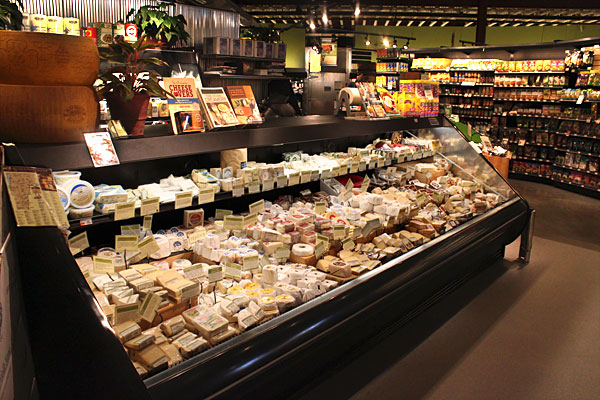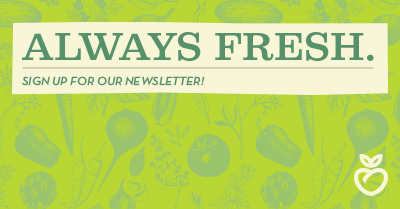Back to Basics: Which Parts of the Cheese Can You Eat?

We’re regularly asked this question by customers and we totally get it; when we all first got into the world of cheese, we didn’t know either! Think about it: some cheeses have rinds, some don’t, some are coated in food-grade wax or plastic, some are covered with ash, some with herbs, some are tough, some are soft, some are brown, pink, grey, orange, white, you name it! There’s a lot of variation out there, so how can you tell?
Basically, there are two parts of a cheese- the rind and the paste- and you can eat BOTH parts as long as they’re not wax/plastic or specifically designated on the label as “inedible” (e.g. the rind of Italian Gorgonzola Dolcelatte, which is by no means toxic or anything like that- it just brings a rather unpleasant taste to the otherwise sweet flavor of the cheese). In fact, a lot of cheesemakers take great pains to cultivate and care for both the rind and the paste of their cheeses, which are formed symbiotically. The rind that you see is mostly a combination of molds that are in the paste working their way out plus molds that are in the air collecting on the surface, so really it’s an extension of the paste itself. (And of course, there are also the washed-rind cheeses we discussed last time on “Back to Basics”!) Some rinds are thick, some are thin, and the range of texture and color is astounding. We like to recommend taking two bites when you’re trying out a new cheese: one bite with the rind and one bite without. By doing this, you’ll determine which you prefer and which will better suit your snacking or cooking purposes!
Of course, some cheeses have coatings that are made of other substances completely, like the substantial bright red wax you expect to find on Dutch Gouda or the brittle, rust-colored wax coating on Fontina Fontal. These, obviously, are not actually part of the cheese and are inedible. But be careful- there are some tricky cheeses out there, such as the French sheep’s milk cheese P’tit Basque, which has an edible rind that’s coated with a thin layer of plastic, turning it from edible to inedible.
The bottom line on which parts of the cheese are edible, though, is really pretty simple: as long as it’s not wax, plastic, or explicitly defined as “inedible”, you can eat it! Whether the cheese you’re considering looks flaky & grey, fluffy & white, tough & brown, or sticky & orange, it’s almost certainly edible. And we think that’s a pretty amazing thing about cheese!



